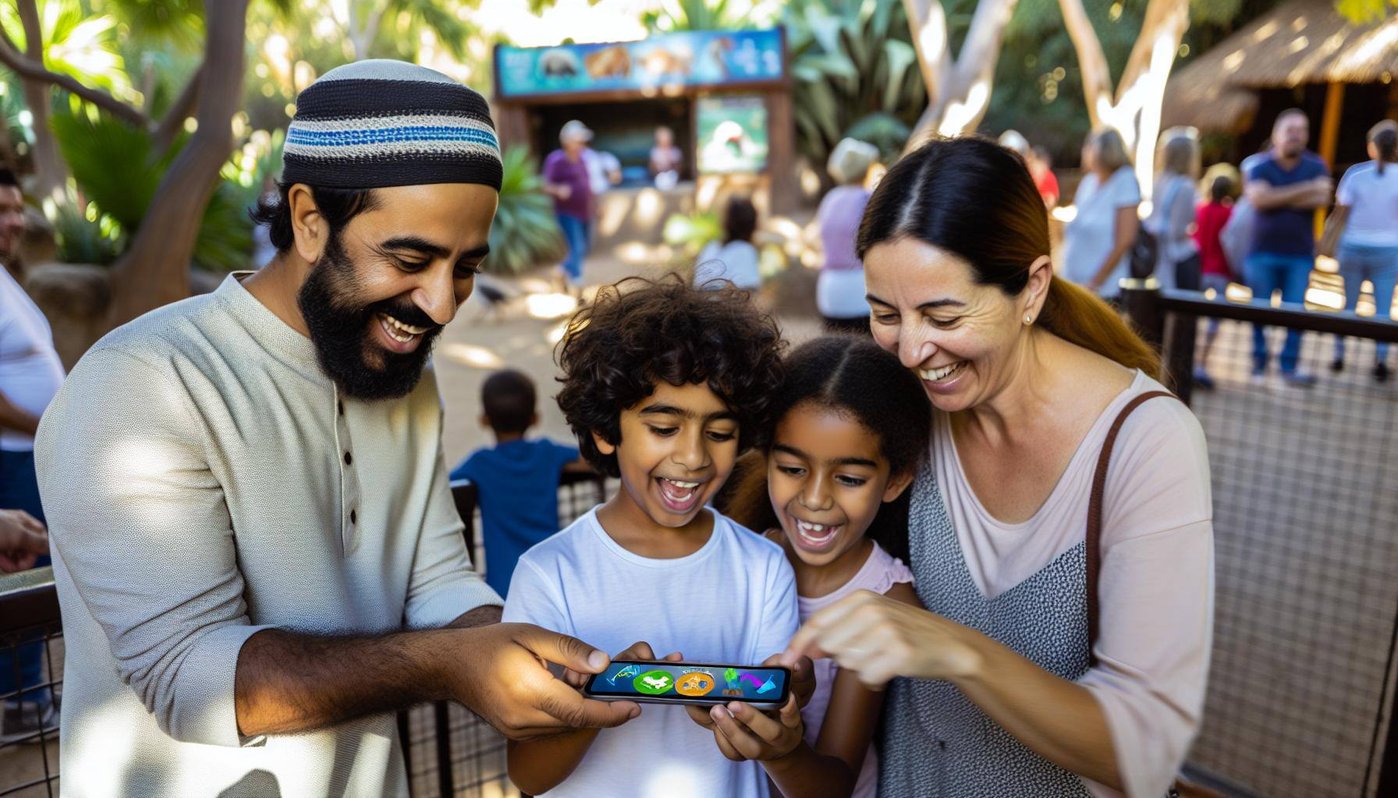The role of visitor attractions
in educating our next generation.
England alone has over 6,000 diverse visitor attractions representing some of the greatest variety across the world. From theme and amusement parks, to zoos, aquariums, museums, heritage sites, and everything in between.
Many visitor attractions are potentially rich in learning resource, with many accustomed to hosting groups of children and young people and actively seeking their attendance.
The wide variety and spread of visitor attractions makes them an ideal alternative learning environment as part of the school curriculum with many being within easy reach of the school setting. Furthermore, many attractions, particularly those in the heritage sector, are intrinsic to local history, culture and social change, and a visit can add further appreciation and depth of awareness of local and community heritage.
The size and nature of visitor attractions in terms of popularity and numbers of visits varies greatly with ownership divided between government and local authority, the private sector and charitable. According to Visit Britain there are over 3,500 chargeable attractions across England and whilst many of those with free admission support great learning environments, many more educational visits are made to chargeable attractions due to their better facilities.
Whilst most attractions can successfully be used as an educational resource, the nature of educational provision can vary greatly, often directly linked to the size, nature, and resource available from the attraction.
In many settings, the better funded attractions may offer a dedicated learning environment, with materials and staff resources to support educational visits, tours, workshops, and talks. Whilst some attractions have dedicated and trained staff to help support and facilitate education, this luxury is not always available, leaving us as adults, parents and carers to often fill in the gaps.
The availability of learning materials is again partly dependent upon the nature of the attraction with many capable of including documentation such as illustrated guides, explanatory and orientation materials and other information as part of their offer to all visitors.
Some attractions have also gone further to develop additional publications that provide further subject and topic depth, especially when relating aspects of the attraction to the national curriculum.
Throughout the pandemic, many of the UK’s top visitor attractions offered additional educational content and played a vital role for children and schools during the home schooling periods of the pandemic lockdown.
In an interview with Bernard Donoghue, Director of the Association of Leading Visitor Attractions, by Blooloop, he said: “All visitor attractions provide educational and learning experiences in normal times, physically onsite and digitally online, but over the last year they have all stepped up to the challenge to produce even more creative learning experiences to help children, teachers and parents who are learning and teaching at home.
We know that museums and galleries, parks and gardens, zoos and castles, palaces and cathedrals are the backdrops for people’s happiest memories and many examples of learning tools are just a small indication of how attractions keep themselves digitally open when they are physically closed.”
But what more can we do to help all attractions enhance the role they play in educating our next generation? With increases in on-line learning, technology is already playing a significant role in everyday education and outreach, and attractions have the capability to do even more to support the learning environment.
A recent Person Global Learner Survey showed that 88% of people believe that online learning will now be a part of our education experiences moving forward. This growth and change will require more teachers who not only teach online, but also thrive and inspire their students online. Without question, the pandemic has been hugely difficult for education and challenges remain, like the digital divide, which must be resolved for online learning to truly transform education with its promise of access and equity.
This aside, the way in which attractions can contribute to the learning experience is huge- that unique blend where the physical and virtual worlds collide to extend the imagination and creativity of our children.
A recent survey by Ecclesiastical Insurance however, highlighted that many younger adults are now becoming disengaged with parts of the sector. During the 12 months before lockdown, most surveyed had never visited stately homes (73%), galleries (66%), castles (61%) or museums (46%). Yet of those polled, 39% wanted to see these attractions offer virtual experiences.
With these worrying trends in highlight, the heritage sector needs to inspire our next generation who will ultimately be the vanguard and custodians of our rich and diverse heritage sites in the future. And the positive role these sites can play in education at an earlier age will certainly have an impact on their future engagement.
The n-gage.io visitor experience platform has been developed with education in mind. Not only can attraction operators create or enhance an educational experience for their visitors on-site, but when closed, continue to deliver an inspiring on-line learning environment both at school and at home to ensure that they continue to support the education of our next generation.
Image courtesy of Unsplash
/Blog/The%20role%20of%20visitor%20attractions%20in%20educating%20our%20next%20generation.webp?width=2560&name=The%20role%20of%20visitor%20attractions%20in%20educating%20our%20next%20generation.webp)
/Blog/Authors/Bryan%20circle.png?width=90&name=Bryan%20circle.png)



/Blog/Authors/PHOTO-2022-05-06-14-05-59.jpg?width=90&name=PHOTO-2022-05-06-14-05-59.jpg)
